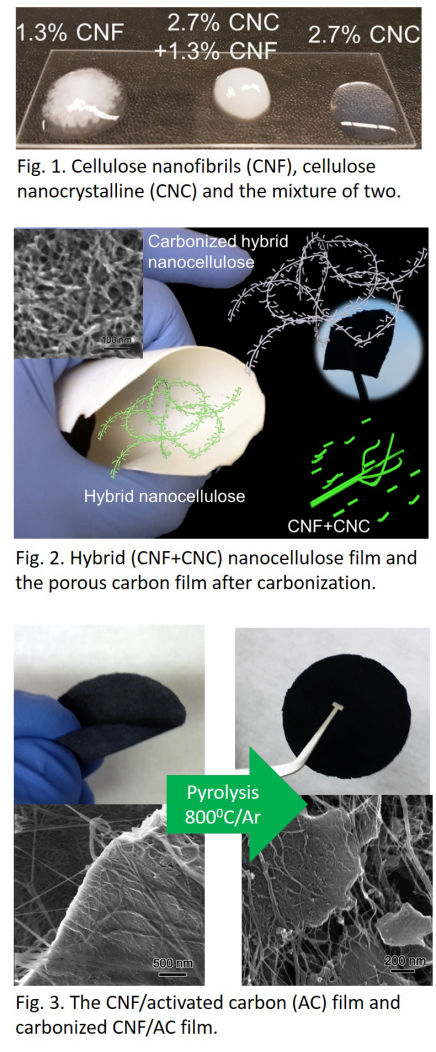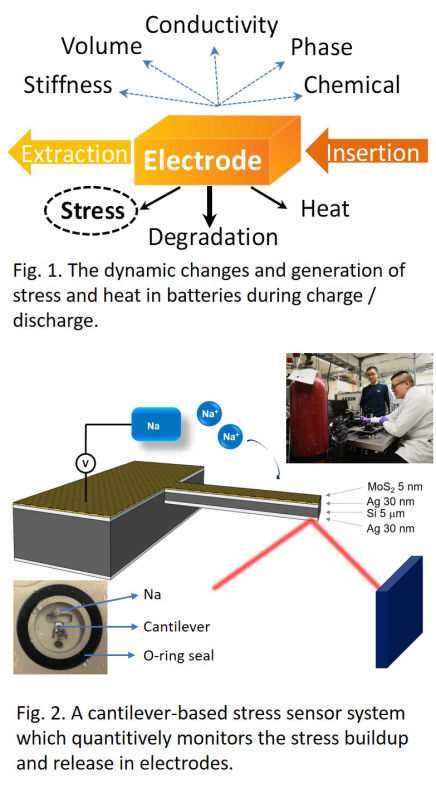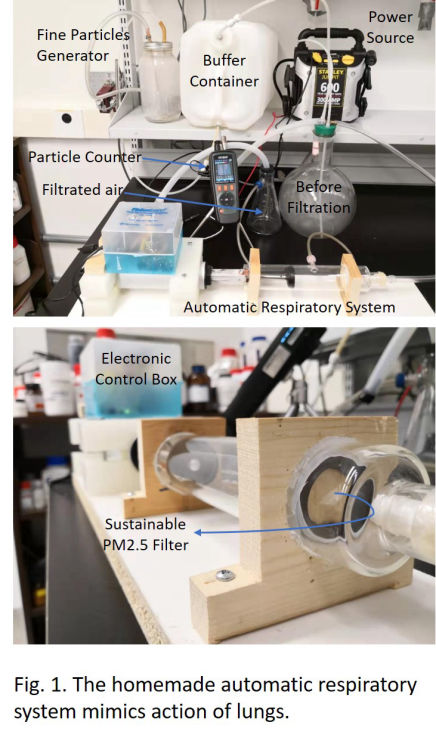
1. Sustainable carbon nanomaterials
The nanostructures created by nature can be readily used as wonderful precursors for nanocarbons. That is what I learned in my postdoc research. Through combinations of various pre-treatments, carbonization steps, and chemical activations, we have succeeded in synthesizing a series of novel nature-inspired carbon nanomaterials in my postdoc research from various biomass sources, including hemp fibers, waste proteins, peat moss, and peanut shells . With optimized structures and compositions, these carbons exhibit excellent performance as electrodes for supercapacitors , ionic liquid EDLCs, LIB anodes and SIB anodes . This work has attracted great attention from both the research community and the public sector.
The fast-growing bioprocessing industry in Alberta provides us with valuable opportunities to use nanosized and pure cellulose and lignin as precursors. With impressive mechanical properties and excellent flexibility, nanocellulose is one of the most promising innovations in the modern forest industry. Depending on the processing, nanocellulose can be generally catalogued into 2 groups: cellulose nanofibrils (CNF) and nanocrystals (CNC). CNF are manufactured by mechanically delaminating or bacteria-assisted digesting cellulose rich biomass. They share similar geometric dimensions with CNTs, typically few micrometers in length and 10-50 nanometers in diameter. In the contrast, CNC, processed through acid digestion, is much shorter (~ 100 nm) and thinner (typically around 10 nm). Is it possible to carbonize and use them as low-cost substitute for CNTs? Our answer is YES for some applications in energy storage, especially for composite electrode. The functionality-rich surface of nanocellulose plays a key role.











